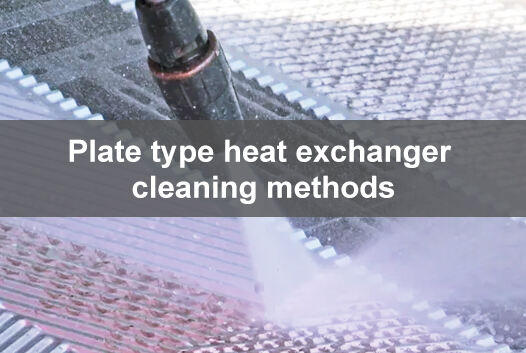Plate heat exchangers are efficient and compact devices that transfer heat between two fluids. To ensure their optimal performance and longevity, regular cleaning is essential. Over time, plate heat exchangers can accumulate fouling materials such as scale, sludge, or biological growth, reducing heat transfer efficiency and increasing energy consumption.
![PlateandFrameBeforeAfterRYDLYME-1024x589[1].jpg](https://shopcdnpro.grainajz.com/category/78930/1474/495859ccddb9349d032621a59234d428/PlateandFrameBeforeAfterRYDLYME-1024x589%5B1%5D.jpg)
1. Acid Cleaning: This method uses acidic solutions to dissolve mineral deposits like calcium carbonate. Common acids used include hydrochloric acid and citric acid. The choice of acid depends on the nature of the fouling.
2. Alkaline Cleaning: Alkaline solutions, typically containing sodium hydroxide or other caustic agents, are used to remove organic deposits such as oils and greases.
3. Detergents and Enzymes: Specialized cleaning agents can be used for organic fouling, including detergents and enzyme-based solutions.
1. Manual Cleaning: For plate heat exchangers that can be dismantled, plates can be cleaned manually using brushes or high-pressure water jets.
2. Automatic Cleaning: Some systems use automated cleaning processes, such as rotating brushes or scrapers, to clean the plates without disassembling the unit.
This method employs high-pressure water jets to remove stubborn deposits from the plate surfaces. It's effective for both cleaning and de-scaling.
